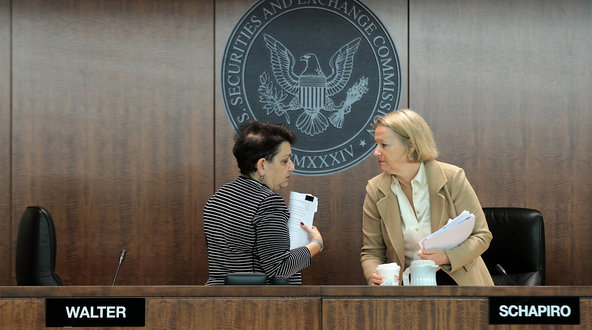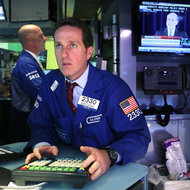In its annual regulatory report published by the commission on Friday, the Sands reported that its audit committee and independent accountants had determined that “there were likely violations of the books and records and internal controls provisions” of the Foreign Corrupt Practices Act.
The disclosure comes amid an investigation by the Securities and Exchange Commission as well as the Department of Justice and the Federal Bureau of Investigation into the company’s business activities in China.
It is the company’s first public acknowledgment of possible wrongdoing. Ron Reese, a spokesman for the Sands, declined to comment further.
The company’s activities in mainland China, including an attempt to set up a trade center in Beijing and create a sponsored basketball team, as well as tens of millions of dollars in payments the Sands made through a Chinese intermediary, had become a focus of the federal investigation, according to reporting by The New York Times and The Wall Street Journal in August.
In its filing, the Sands said that it did not believe the findings would have material impact on its financial statements, or that they warranted revisions in its past statements. The company said that it was too early to determine whether the investigation would result in any losses. “The company is cooperating with all investigations,” the statement said.
The Sands’ activities in China came under the scrutiny of federal investigators after 2010, when Steven C. Jacobs, the former president of the company’s operations in Macau, filed a wrongful-termination lawsuit in which he charged that he had been pressured to exercise improper leverage against government officials. He also accused the company of turning a blind eye toward Chinese organized crime figures operating in its casinos.
Mr. Adelson began his push into China over a decade ago, after the authorities began offering a limited number of gambling licenses in Macau, a semiautonomous archipelago in the Pearl River Delta that is the only place in the country where casino gambling is legal.
But as with many lucrative business spheres in China, the gambling industry on Macau is laced with corruption. Companies must rely on the good will of Chinese officials to secure licenses and contracts. Officials control even the flow of visitors, many of whom come on government-run junkets from the mainland.
As he maneuvered to enter Macau’s gambling market, Mr. Adelson, who is well known in the United States for his financial and political clout, became enmeshed in often intertwining political and business dealings. At one point he reportedly intervened on behalf of the Chinese government to help stall a House resolution condemning the country’s bid for the 2008 Summer Olympics on the basis of its human rights record.
In 2004, he opened his first casino there, the Sands Macau, the enclave’s first foreign owned gambling establishment. This was followed by his $2.4 billion Venetian in 2007.
Some Sands subsidiaries have also come under investigation by Chinese authorities for violations that included using money for business purposes not reported to the authorities, resulting in fines of over a million dollars.
Success in Macau has made Mr. Adelson, 78, one of the richest people in the world. He and his wife, Miriam, own 53.2 percent of Las Vegas Sands, the world’s biggest casino company by market value. Last year, Forbes estimated his fortune at $24.9 billion.
Mr. Adelson became the biggest single donor in political history during the 2012 presidential election, giving more than $60 million to eight Republican candidates, including Newt Gingrich and Mitt Romney, through “super PACs.” He presides over a global empire of casinos, hotels and convention centers.
Michael Luo and Thomas Gaffney contributed reporting.
Article source: http://www.nytimes.com/2013/03/03/business/in-filing-casino-operator-admits-likely-violation-of-an-antibribery-law.html?partner=rss&emc=rss



